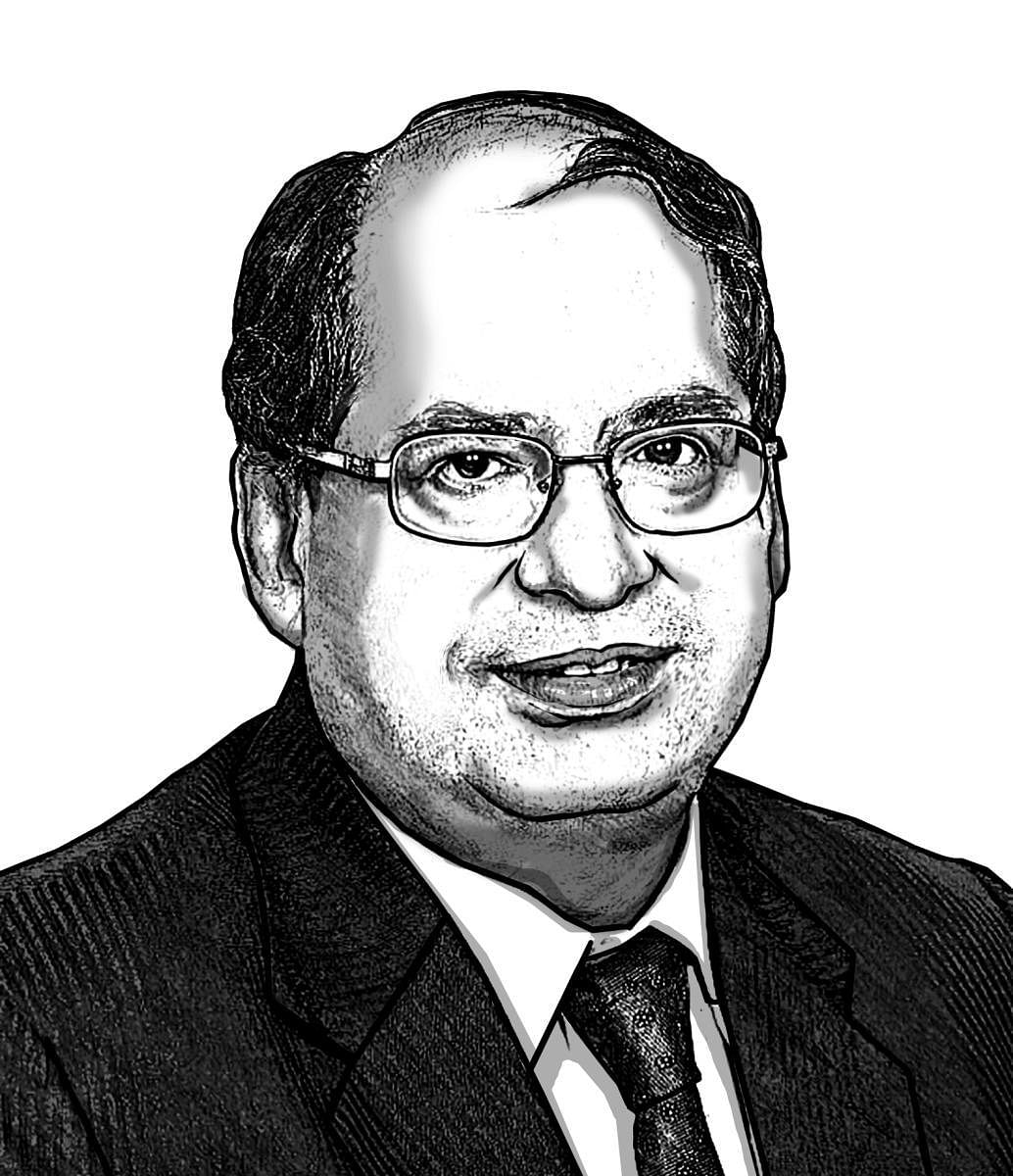
India is doing well on exports currently, having more than tripled its global market share in the post-Liberalisation era. Also, unlike several other countries, it is not dependent on a few natural resource products, its exports are varied and include high-tech items. India presently exports 4,442 types of products, China 4,423. Yet, China is far ahead of India in aggregate exports. India’s aggregate exports are around $670 billion (merchandise $420 b; services $250 b); China’s are over $3.36 trillion -- roughly 5X! So, why have Indian exporters not been able to do as well as Chinese exporters?
The general belief is that it is due to the enormous financial subsidies China gives to exporters. However, no one is able to point out the source of China’s ability to provide such enormous subsidies and how and why they remain uncontested by trade activists under WTO rules. The alternative theory is that the use of ‘cheap/forced’ labour helps the Chinese exporter. One wonders how this is possible on such a large scale given that China’s average per capita income has been at least doubling that of India since the late 1990s, 4X India’s since 2010, and is currently more than 5X India’s.
The actual reasons for China’s success are more prosaic. They relate to the greater importance the Chinese attached to cluster dynamics and the role of scale and size, as compared to Indian policymakers. An illustration from the textile industry as a case in point is given as textiles are not only a longstanding Indian speciality but as a sector that has always received strong State support, with a dedicated ministry for it. Yet, China has overtaken us even here.
The Indian textile and apparel sector spread over 50 clusters has shown steady output growth over the years and ranks in the top 3 globally, with a market size above $200 b and exports of $45 b. It has for long been the beneficiary of various generic export promotion and priority lending schemes, apart from a well-funded technology up-gradation assistance scheme (TUFS) to enable it to access cutting-edge technology at a reasonable cost.
These incentives are available on a company-specific basis and are not tied to any pre-conditions regarding clustering. In a sense, therefore, the sector is subjected to policy-induced fragmentation, not only by size but also by location as units receive tax concessions and backward area incentives, irrespective of whether they go by ‘ones and twos’ into generic areas or into notified clusters. The quality of public infra-facility in the notified clusters is also extremely variable.
Finally, textiles are also perennially a “stressed sector” since a significant number of textile companies always remain in the ‘stressed asset’ lists of banks. Thus, there are cost diseconomies in India that have not got policy attention.
The Chinese approach has been different. It prioritises location by tying the provision of public goods essential for cost-effective industrial activities to clustering. To illustrate, Shaoxing in south-east China is an important textile cluster. It has a geographical spread of about 1,000 sq km., and a population of about 1.2 million (half of it migrant labour). It has over 10,000 sector-oriented enterprises and reports an annual export turnover of over $20 billion, inclusive of garments, home textiles, cotton, woollen and synthetic yarns.
While plant sizes vary, a substantial number are ‘extra-large’ in capacity (illustratively, in excess of one million-plus spindles for spinning units). It is close to three international airports (Shanghai, 200 km away; Ningbo, 120 km; and Hangzhou, 50 km) and is linked to them by high-speed rail and expressway systems. The migrant labour is housed in State-built worker hostels, akin to service apartments, with professional management and full-cost recovery systems in place.
Power backups, warehousing and raw material procurement services are similarly available at the cluster level. Illustratively, for cotton procurement, a few years back a single team from this centre would travel to India to procure cotton on behalf of the entire city. The cost advantages to individual companies in such an ecosystem are significant.
Also, the State support, apart from being WTO-compliant, is fiscally neutral, if not positive, for the State. Yet, the companies benefit from lower costs and higher profitability. This is the principal reason why no trade activist, despite grumbling over Chinese subsidies, has so far been able to take any preventive steps against the rapidly rising inflow of Chinese goods into their home country. Companies in India, on the other hand, have to make their own arrangements for all infrastructure, thereby incurring additional high capital and management costs.
A special drive for enhancing the range and quality of the infrastructure of our existing clusters and emphasising the overriding importance of effective clustering may therefore pay dividends in India as well. The time for doing this has come.
Deccan Herald is on WhatsApp Channels| Join now for Breaking News & Editor's Picks